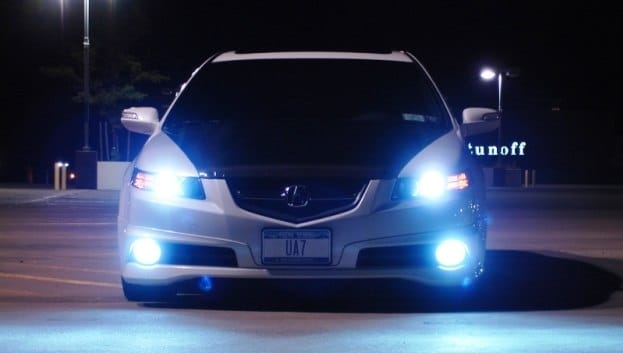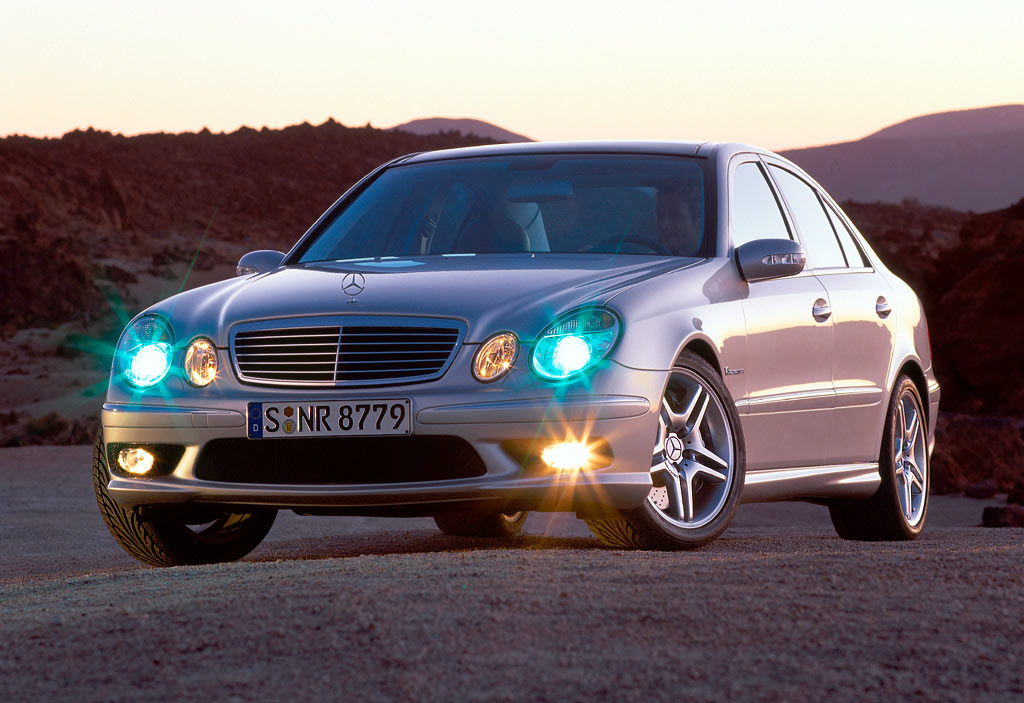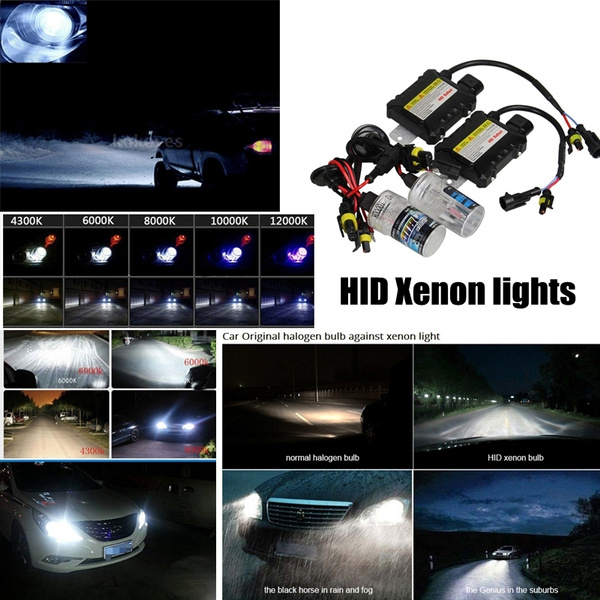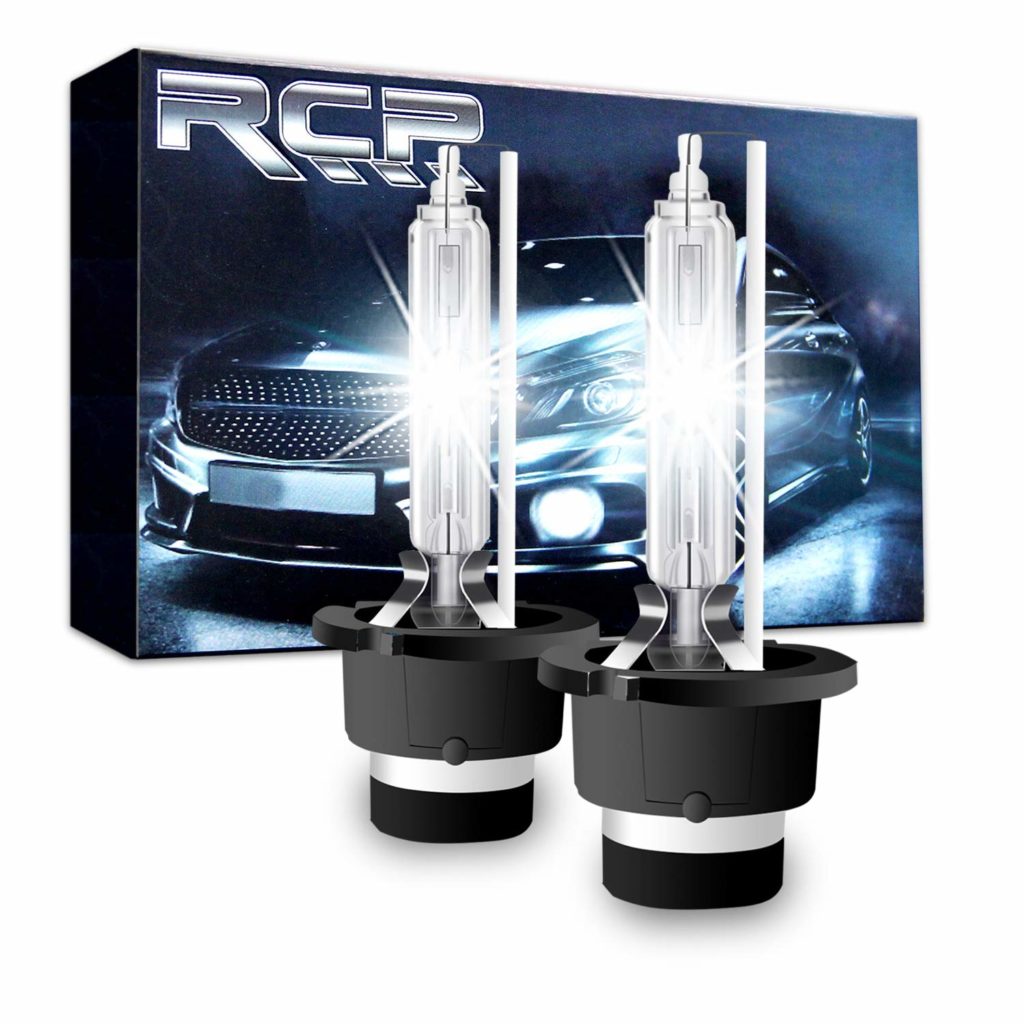How Kensun Hid Reviews can Save You Time, Stress, and Money.
Table of ContentsKensun Hid Reviews - TruthsThe Greatest Guide To Kensun Hid ReviewsKensun Hid Reviews - Truths
Headlamps that adequately brighten the road ahead without causing glare have actually long been sought. The first options included resistance-type dimming circuits, which reduced the strength of the headlamps. This accepted tilting reflectors, and later on to dual-filament bulbs with a high and a low beam. In a two-filament headlamp, there can only be one filament precisely at the centerpiece of the reflector.One filament lies at the centerpiece of the reflector - kensun hid reviews. The other filament is shifted axially and radially far from the focal point. In a lot of 2-filament sealed beams and in 2-filament changeable bulbs of type 9004, 9007, and H13, the high-beam filament is at the focal point and the low-beam filament is off focus.
Transverse-filament bulbs such as the 9004 can only be utilized with the filaments horizontal, however axial-filament bulbs can be turned or "clocked" by the headlamp designer to enhance the beam pattern or to effect the traffic-handedness of the low beam. The latter is accomplished by clocking the low-beam filament in an upward-forward-leftward position to produce a right-traffic low beam, or in an upward-forward-rightward position to produce a left-traffic low beam.
Placing the low beam filament at the focal point to take full advantage of light collection by the reflector, and placing the high beam filament somewhat rearward-rightward-downward of the focal point. The relative directional shift in between the two beams is the very same with either technique in a right-traffic country, the low beam is slightly downward-rightward and the high beam is a little upward-leftward, relative to one another but the lens optics should be matched to the filament placements selected.
The high beam filament is on the centerpiece, while the low beam filament is around 1 cm forward of the centerpiece and 3 mm above the axis. Below the low beam filament is a cup-shaped guard (called a "Graves guard") covering an arc of 165. When the low beam filament is illuminated, this guard casts a shadow on the matching lower location of the reflector, obstructing down light rays that would otherwise strike the reflector and be cast above the horizon.
This is utilized to produce the upsweep or upstep quality of ECE low beam light circulations. The bulb's rotative position within the reflector depends on the type of beam pattern to be produced and the traffic directionality of the marketplace for which the headlamp is meant. This system was first used with the tungsten incandescent Bilux/Duplo R2 bulb of 1954, and later with the halogen H4 bulb of 1971.
These are physically and electrically interchangeable with H4 bulbs. Similar optical strategies are used, however with various reflector or lens optics to create an US beam pattern instead of a European one. Each system has its advantages and drawbacks. The American system historically permitted a higher total amount of light within the low beam, given that the entire reflector and lens area is used, but at the very same time, the American system has actually typically provided much less control over upward light that triggers Get More Info glare, and for that reason has actually been largely turned down outside the United States.
Our Kensun Hid Reviews PDFs
The high beam is typically a rough copy of the low beam, shifted a little upward and leftward. The European system traditionally produced low beams including less general light, since just 60% of the reflector's area is used to create the low beam. However, low beam focus and glare control are simpler to accomplish.

Complex-reflector innovation in mix with brand-new bulb styles such as H13 is enabling the production of European-type low and high beam patterns without the usage of a Graves Guard, while the 1992 United States approval of the H4 bulb has made typically European 60%/ 40% optical area divisions for low and high beam typical in the United States.

The shade may be lowered by a solenoid actuated pivot to supply low beam, and removed from the light course for high beam. Such optics are referred to as BiXenon or BiHalogen projectors. If the cutoff shade browse around this web-site is fixed in the light course, separate high-beam lamps are needed. The condenser lens may have slight fresnel rings or other surface area treatments to reduce cutoff sharpness.


The main downside of this kind of headlamp is see here now the need to accommodate the physical depth of the assembly, which may extend far back into the engine compartment. The very first electrical headlamp light source was the tungsten filament, operating in a vacuum or inert-gas atmosphere inside the headlamp bulb or sealed beam.
More About Kensun Hid Reviews
Also, during typical operation of such lights, tungsten boils off the surface area of the filament and condenses on the bulb glass, blackening it (kensun hid reviews). This decreases the light output of the filament and blocks some of the light that would pass through an unblackened bulb glass, though blackening was less of an issue in sealed beam systems; their big interior surface location lessened the density of the tungsten build-up.